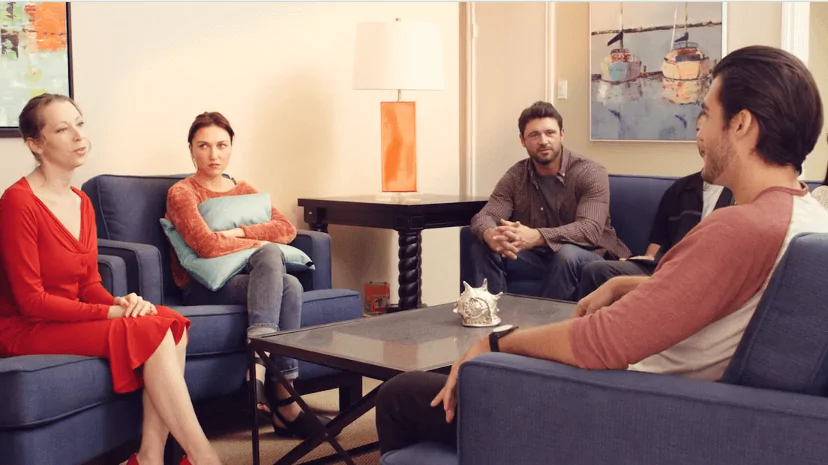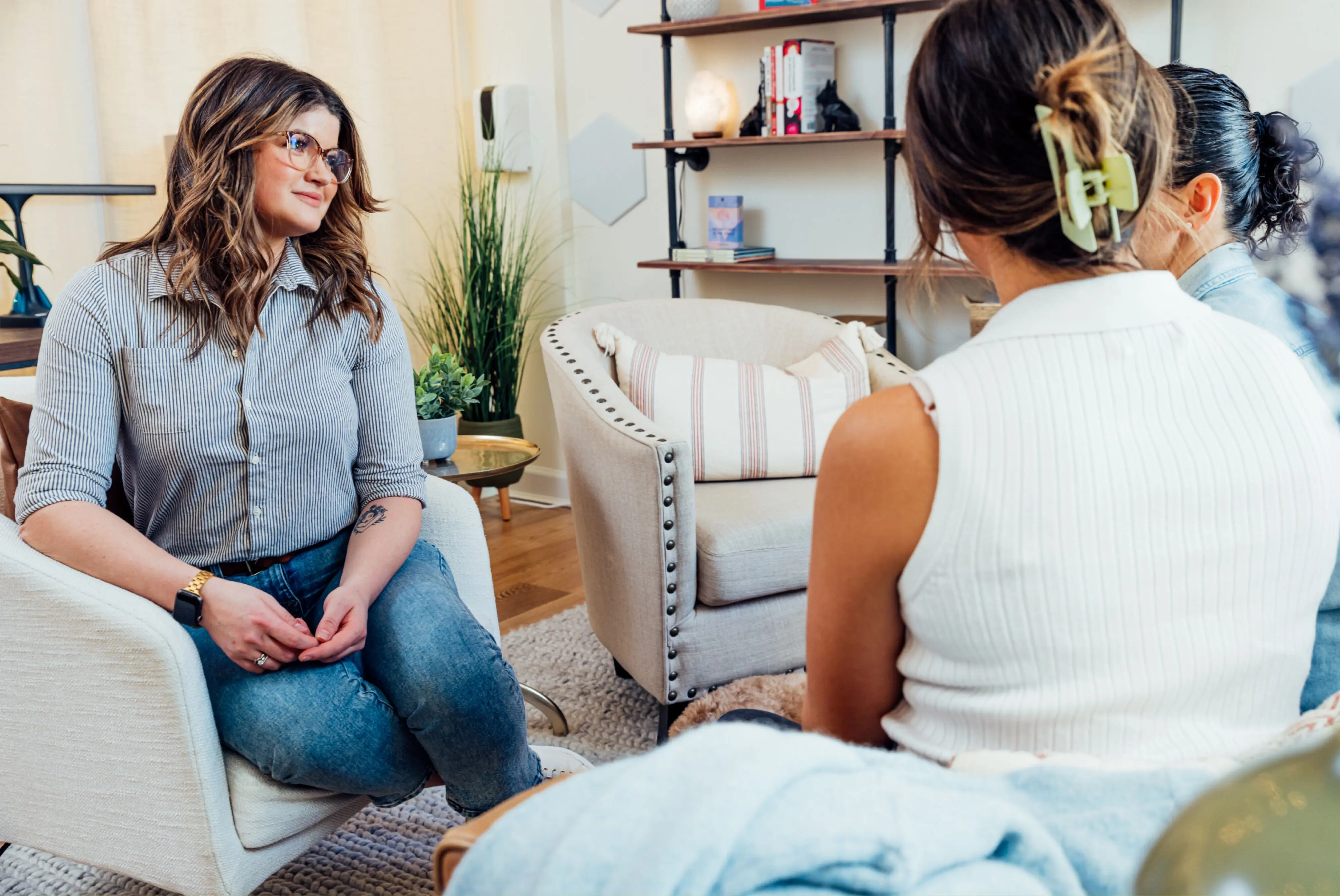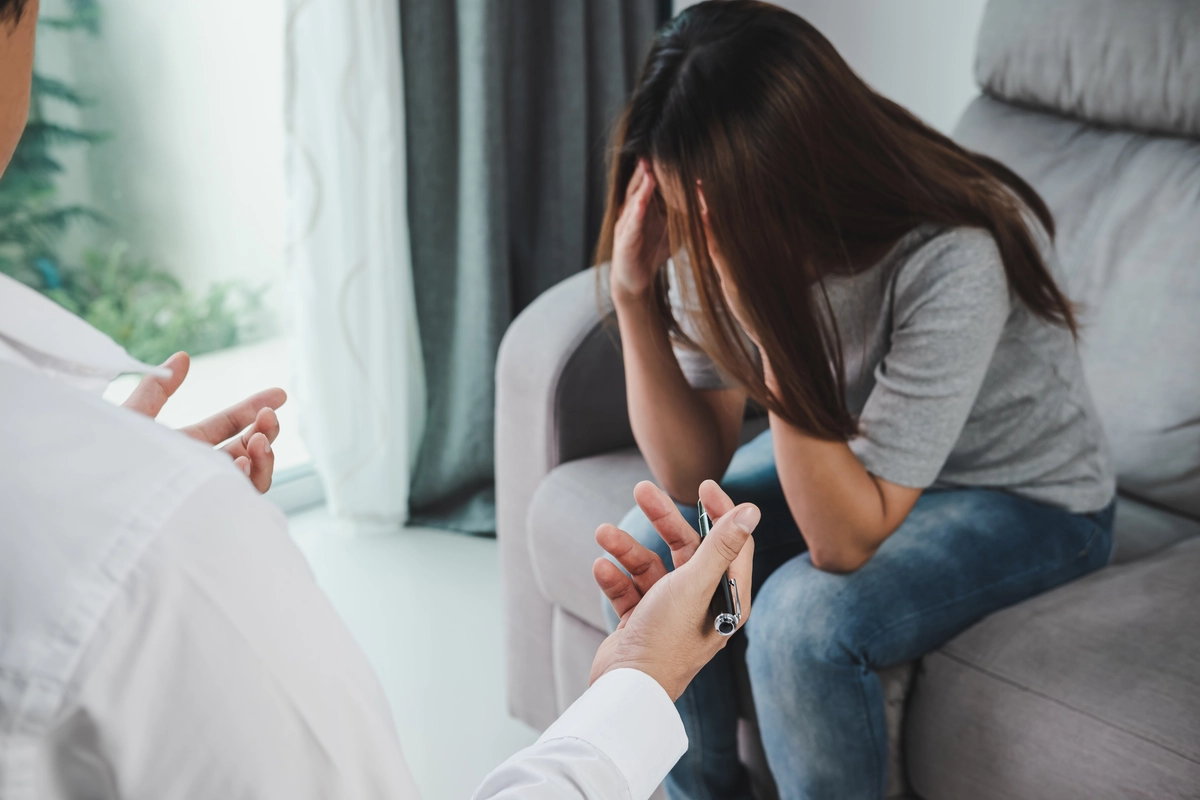24/7 Helpline:
(866) 899-221924/7 Helpline:
(866) 899-2219
Learn more about Codeine Rehab centers in Sleepy Eye
Codeine Rehab in Other Cities

Other Insurance Options

Carleon

WellPoint

Medical Mutual of Ohio

PHCS Network

CareSource

Holman Group

Health Net

Sutter

Ambetter

Health Partners

Multiplan

Self-pay options

Excellus

Premera
Beacon

Providence

Magellan Health

Meritain

Group Health Incorporated

BHS | Behavioral Health Systems


New Ulm Medical Center – Substance Abuse
New Ulm Medical Center – Substance Abuse is a private rehab located in New Ulm, Minnesota. New Ulm M...

Nova House Intensive Residential Treatment Services
Situated in New Ulm, Minnesota, Nova House Intensive Residential Treatment Services (IRTS) is a drug...











































